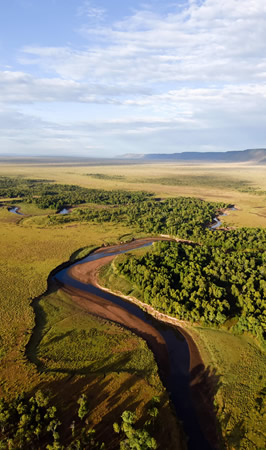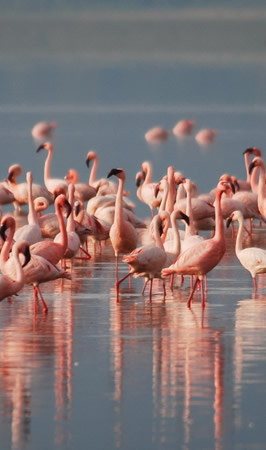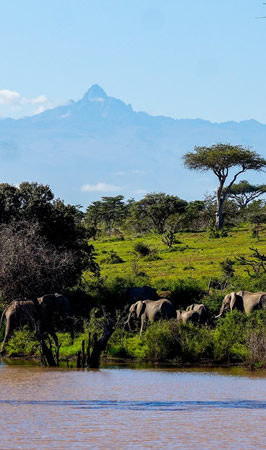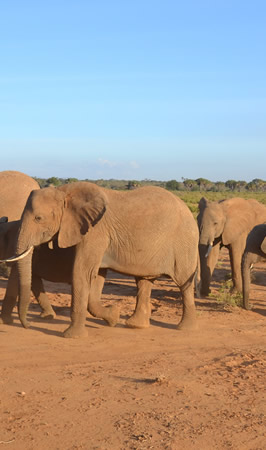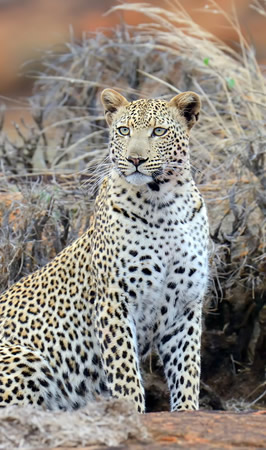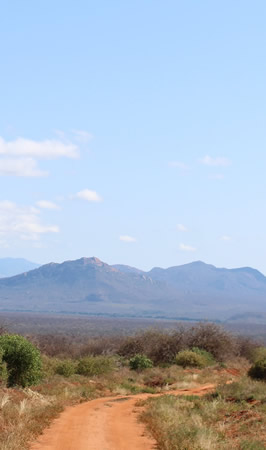Experience Maasai Mara Game Reserve
Home of Safari
The Mara Game Reserve, as it was originally known, was established in 1961. Today, it’s one of the best-known wildlife areas in Africa, home to healthy big cat populations and an abundance of plains game, bolstered by the arrival of millions of wildebeest during the Great Migration. Visit at any time and you have a good chance of seeing lion, elephant, cheetah, Masai giraffe and buffalo, as well as varied birdlife, hippo and crocodiles along the rivers.
There’s a reason the Masai Mara National Reserve is so well known and popular with visitors. Point a camera and in one shot you might capture dazzles of zebra and a scattering of impala, wildebeest and gazelles, elephant marching in a line and lanky giraffe nibbling the acacia trees, all against a backdrop of distant hills and vast open plains.
The Mara Migration
Everything's big here: it’s a landscape of rolling plains and rounded hills, of groves of acacia woodland and dense thickets of scrub. The reserve is bisected by the Mara River and its tributaries, which are margined by lush riverine forest and the site of spectacular river crossings during the migration.
The reserve’s southern boundary is contiguous with Tanzania's Serengeti National Park, which shares the Great Migration herds. It has been developed on the lines of a national park, where, unlike in the bordering conservancies, human settlements are unable to intrude and game-viewing is restricted to game drives and horse riding safaris.
The annual Maasai Mara Game Reserve Wildebeest Migration trek takes place typically between July to end of August and involves dangerous crossings through crocodile-infested rivers. The 'Mara', as Masai Mara is also known, is among the best wildlife reserves not just in Kenya but also in Africa
Masai Mara now also comprises a number of conservancies and group ranches bordering the main reserve and is home to some of the most diverse species of African wildlife and is also the site of the annual Wildebeest migration, simply called the 'Great Migration'.
The Experience
Everything's big here: it’s a landscape of rolling plains and rounded hills, of groves of acacia woodland and dense thickets of scrub. The reserve is bisected by the Mara River and its tributaries, which are margined by lush riverine forest and the site of spectacular river crossings during the migration.
The reserve’s southern boundary is contiguous with Tanzania's Serengeti National Park, which shares the Great Migration herds. It has been developed on the lines of a national park, where, unlike in the bordering conservancies, human settlements are unable to intrude and game-viewing is restricted to game drives and horse riding safaris.
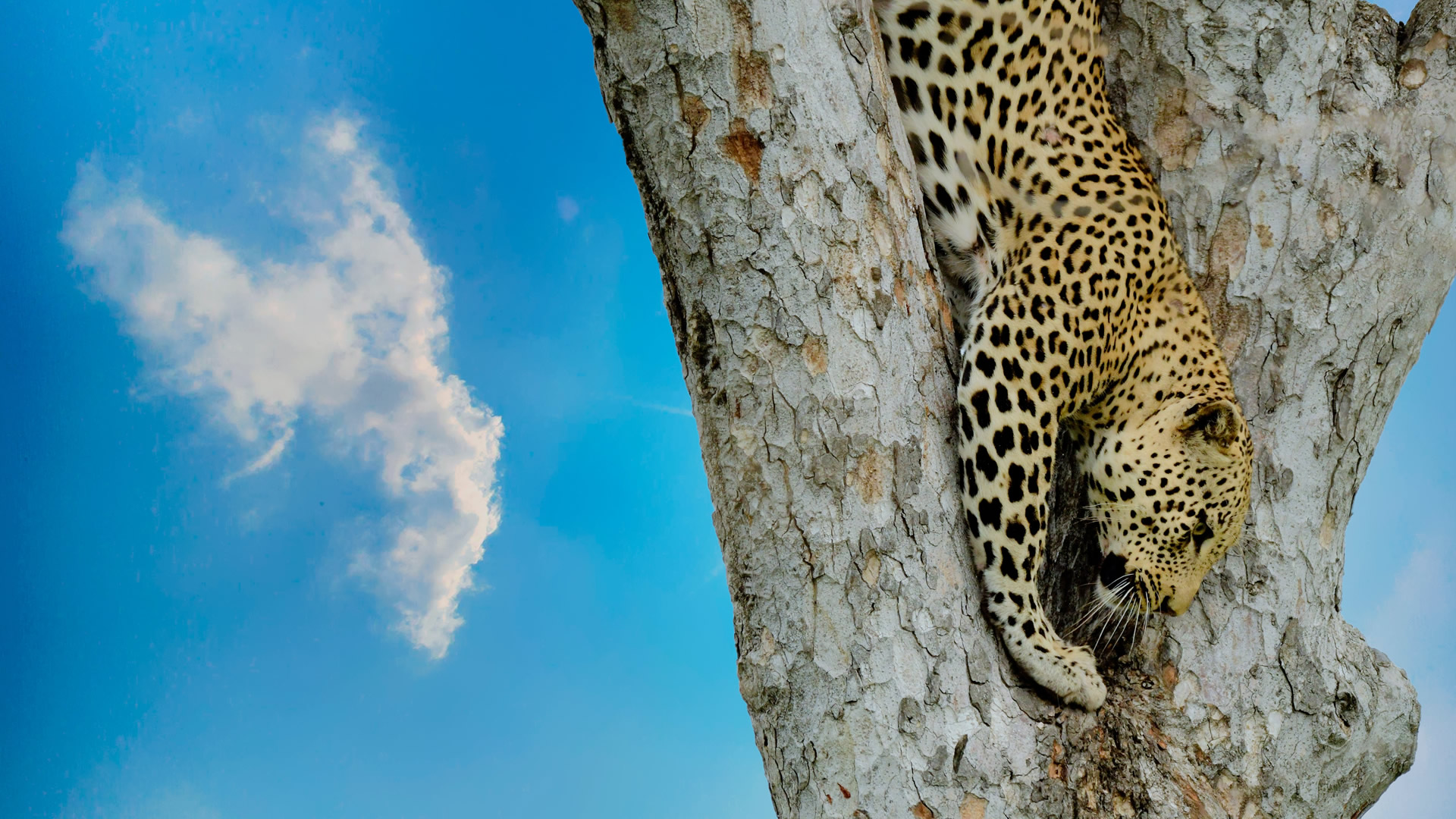 Leopard - Maasai Mara Game Reserve
Leopard - Maasai Mara Game Reserve

